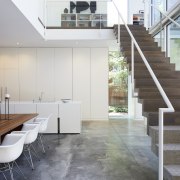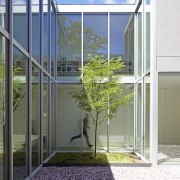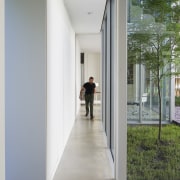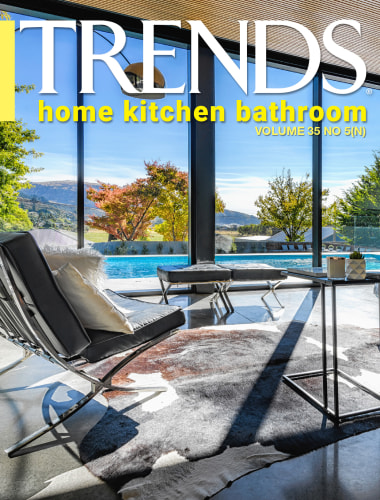Transparent house sits like a jewel in a brick jewel box
Normally used on side walls and or unseen structures, Chicago common brick plays a starring role in this home, including twisting columns on the front facade
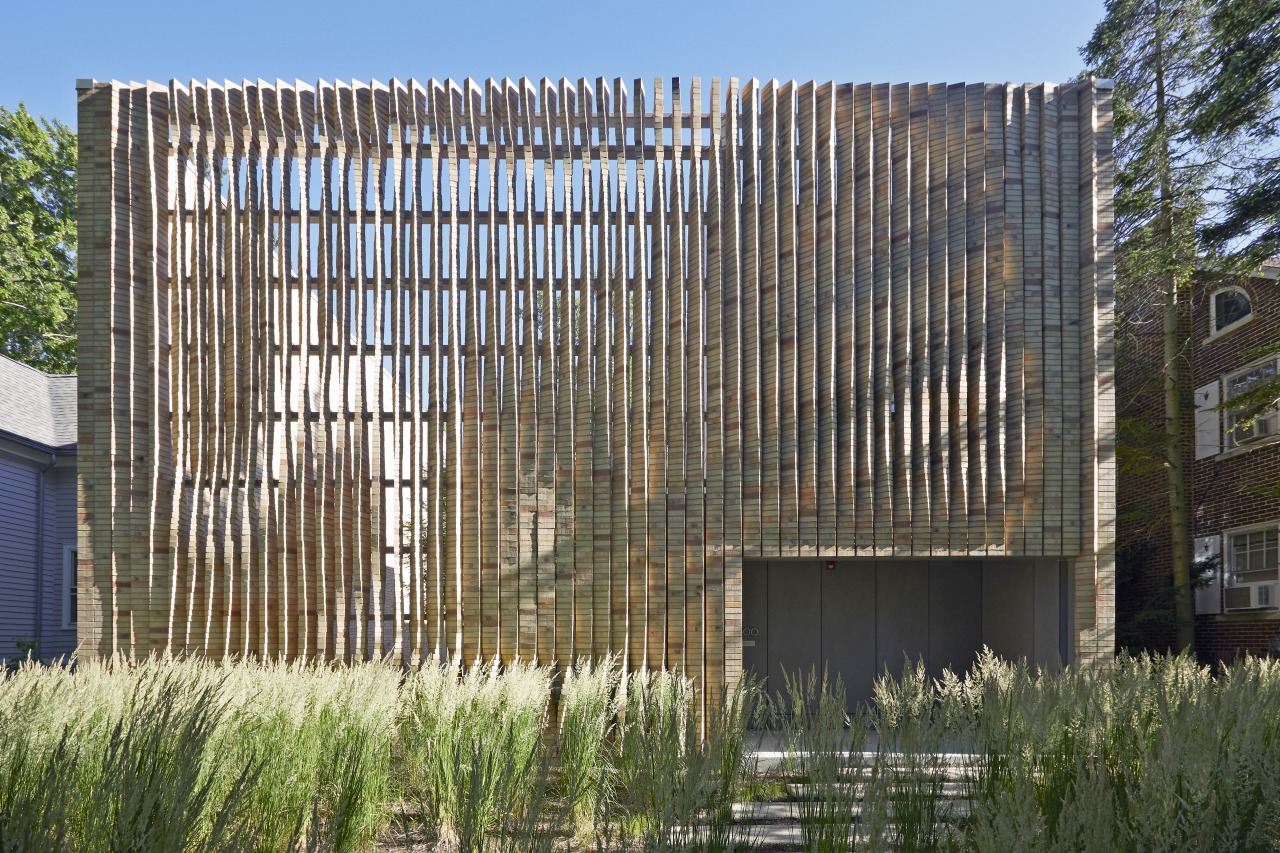
When brick is a feature material used in a home design, it’s most likely to be selected for its consistency and rich red colour. But not all brick has these valued characteristics.
Take Chicago common brick, for example, which has colour variegations and irregularities due to the composition of the clay sourced in Lake Michigan and the way it is fired.
As a result, these bricks have usually been treated as an unattractive, cheap and abundant resource, and banished to places obscured from the street such as side and back walls, chimney flues or as structural support behind facades.
When the owners of this home first approached architect Lawrence Scarpa, they’d seen a home he’d designed in steel and wanted something similar.
“The site is in the Chicago area, with its rich history,” says Scarpa. “And because brick plays such a key part in Midwest and Chicago culture, I really wanted to use it in the design.”
However Scarpa wasn’t prepared to use Chicago common brick as a prosaic building material confined to out-of-sight areas. Instead it takes centre stage in his design, both from the street and within the house itself.
“I wanted to take something people usually viewed as garbage and turn it into gold,” he says.
“Brick walls wrap the site, and the L-shaped house. Think of it like a jewel box, with the house like a jewel sitting within a brick box.”
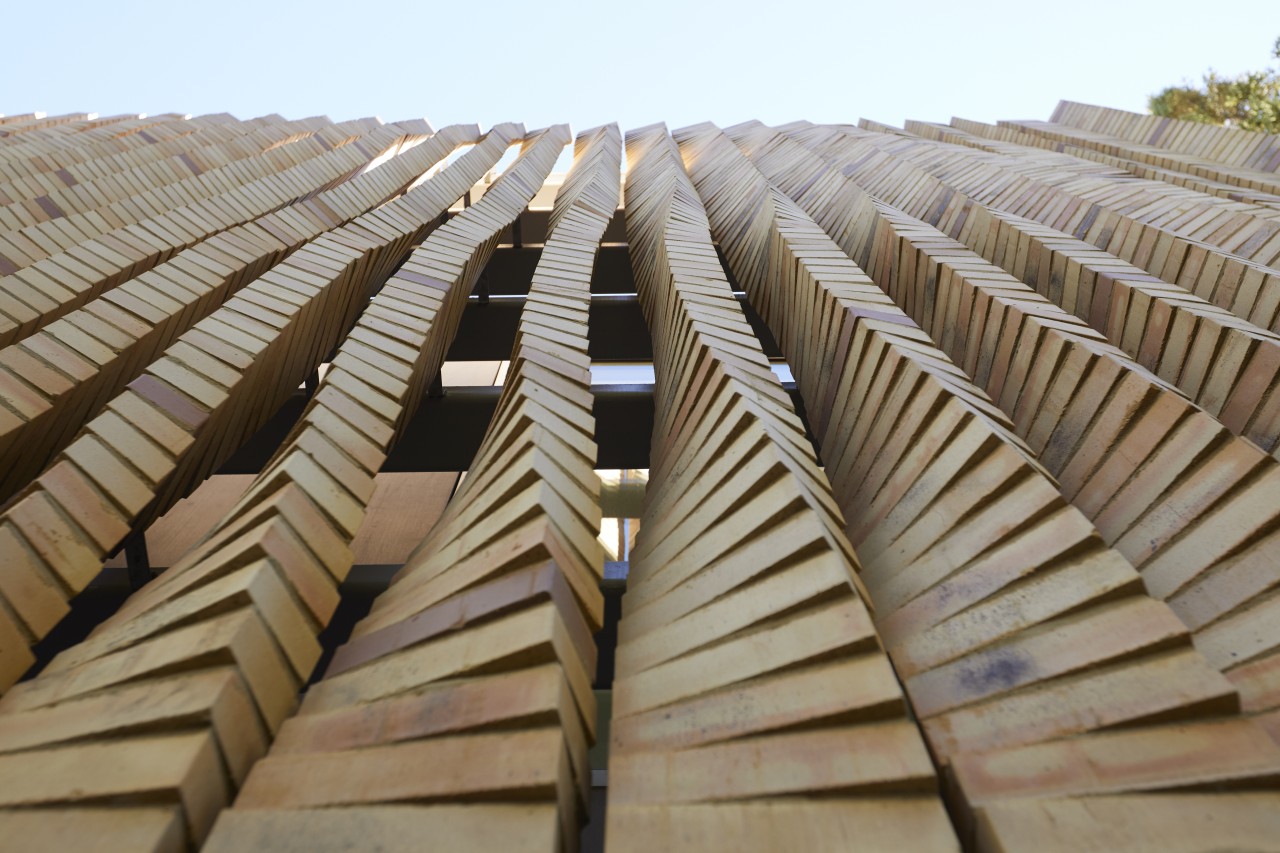
What particularly lifts Scarpa’s use of this brick out of the ordinary is his treatment of the front facade, which consists of a series of twisting brick columns. It’s a design that he knew would potentially appear extremely complex to the masons undertaking the build.
“So we computer generated the position of every single brick used on the house to show how the system worked, and that it really wasn’t going to be that expensive to do,” he says.
But Scarpa’s motive for incorporating the twisting columns wasn’t just to solve a construction challenge – he wanted to give the building a sense of movement.
“Historically, architects have tried to make buildings ‘move’, but it never really works. Here, the columns create an ever-changing pattern of opening and closing as light moves across and through the facade.
“As someone passes by the home, the facade creates a moire-like pattern that appears to be constantly in motion.”
Scarpa says the success of his plan can be seen when people driving by the property stop and back up, trying to look through the brick columns or to figure out how the building can seem to be moving.
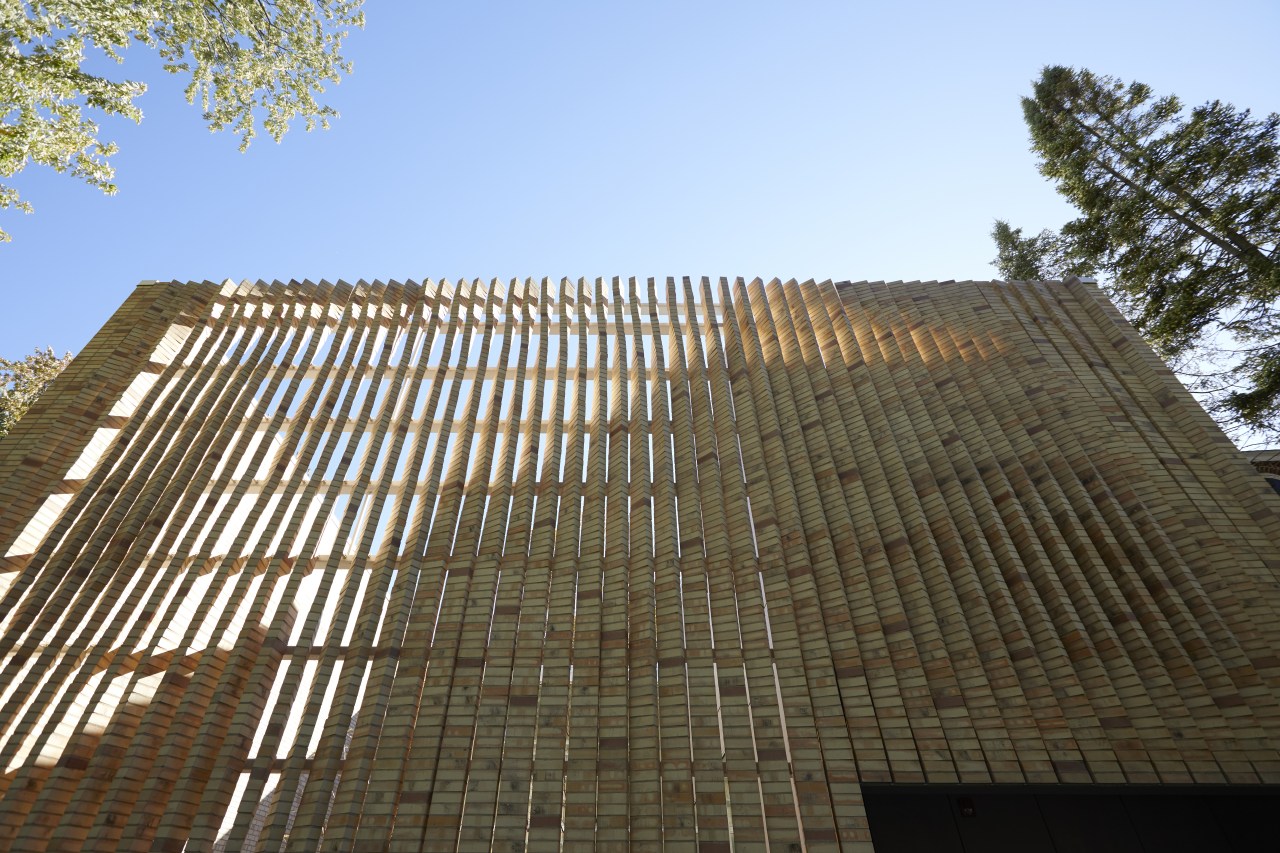
Behind the brick facade, the L-shaped home wraps around a courtyard which also makes use of brick, with the base covered in a gravel of smashed left-over bricks and spoil from the construction process.
Meanwhile, the high brick side wall not only encloses the courtyard, but also runs through the house to form the outer wall of the living area.
The 260m² home is divided into public and private zones, with the double-height public area, a glazed corridor and an office on the ground floor, and the master suite and guest bedroom on the upper level.
Scarpa says his design sets out to examine the tension between materials, form and experience.
“Of particular interest is the idea of transcending traditional craft and elevating humble materials without trying to make them into something other than what they really are,” he says.
“It’s an attempt to find and reveal the extraordinary within the ordinary.”
Credit list
Architect
Engineering
Structural system
Metal cladding
Windows
Hardware
Paints
Lighting
Plumbing fixtures
Landscape
General Contractor
Masonry
Roofing
Glazing
Cabinets
Flooring
Controls
Appliances
Story by: Paul Taylor
Photography by: Marty Peters
Home kitchen bathroom commercial design
Diving into nature
Classic looks, contemporary efficiency
Personality plus
Home Trends Vol. 35/5
We're spoilt for choice these days when it comes to selecting the key materials available for building a new home – conc...
Read More





